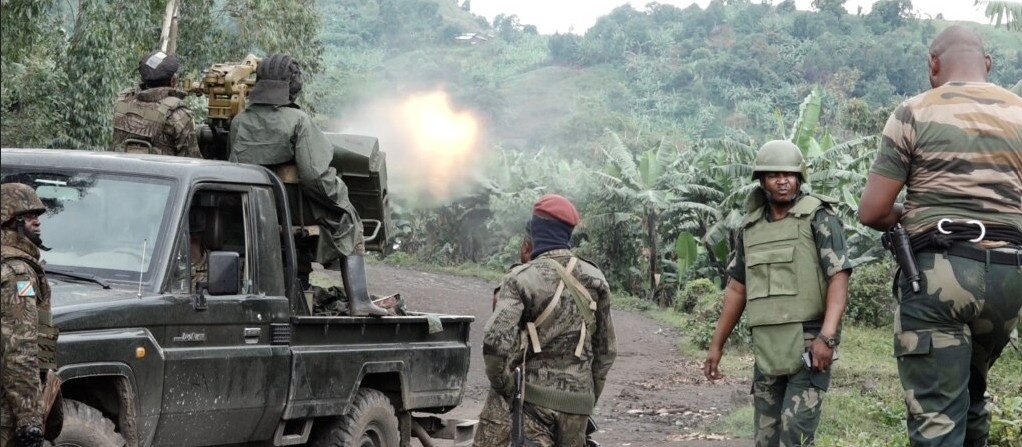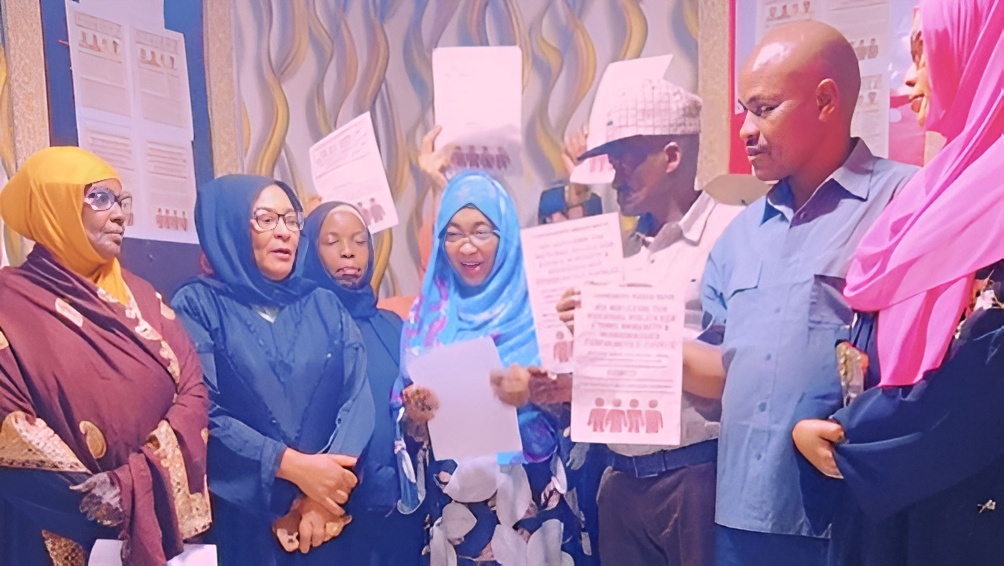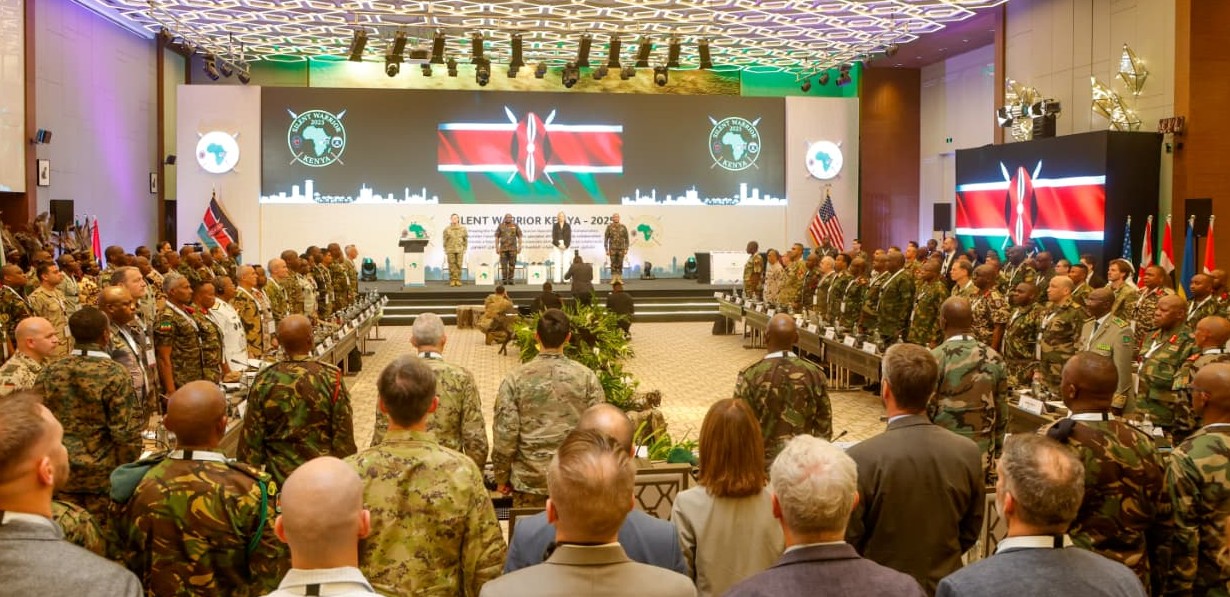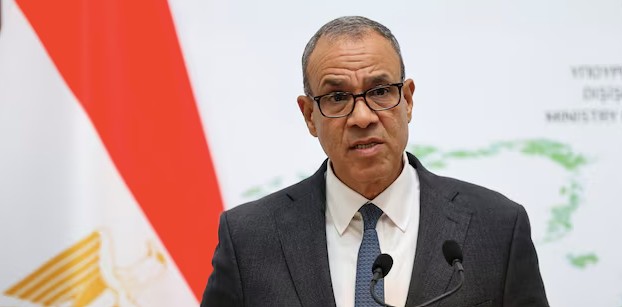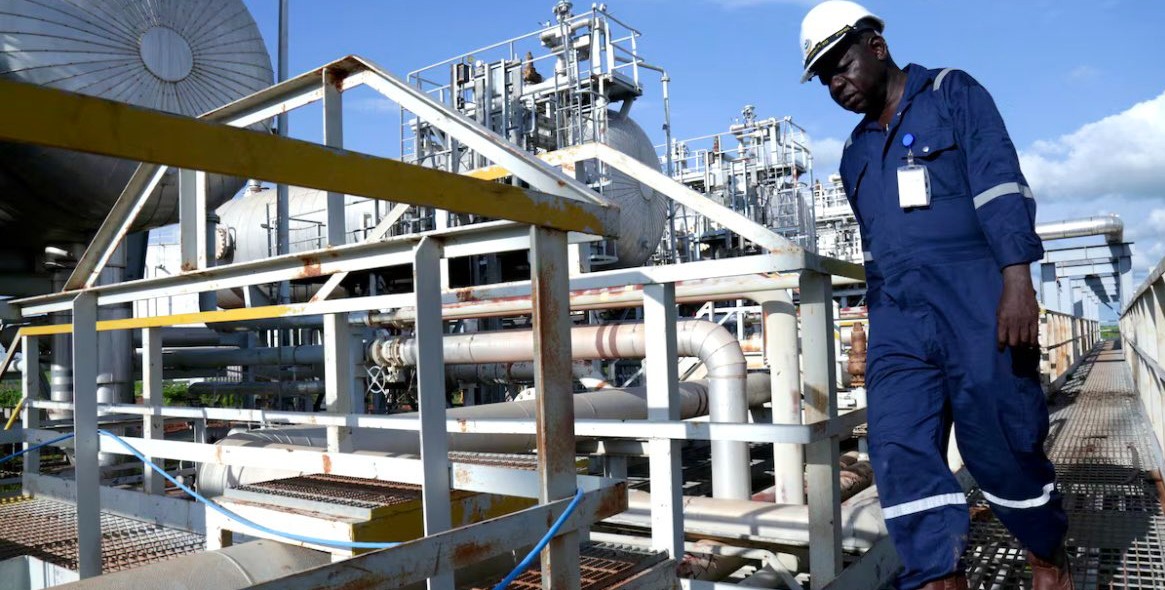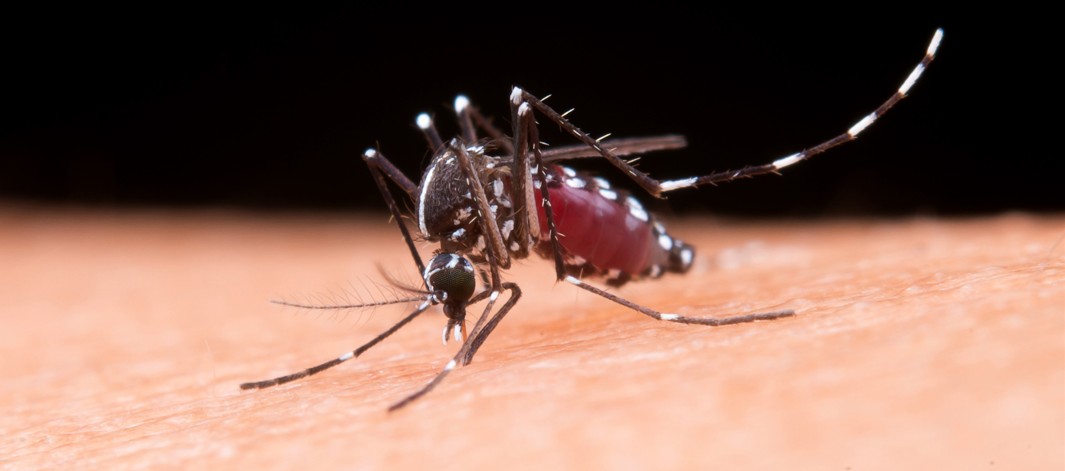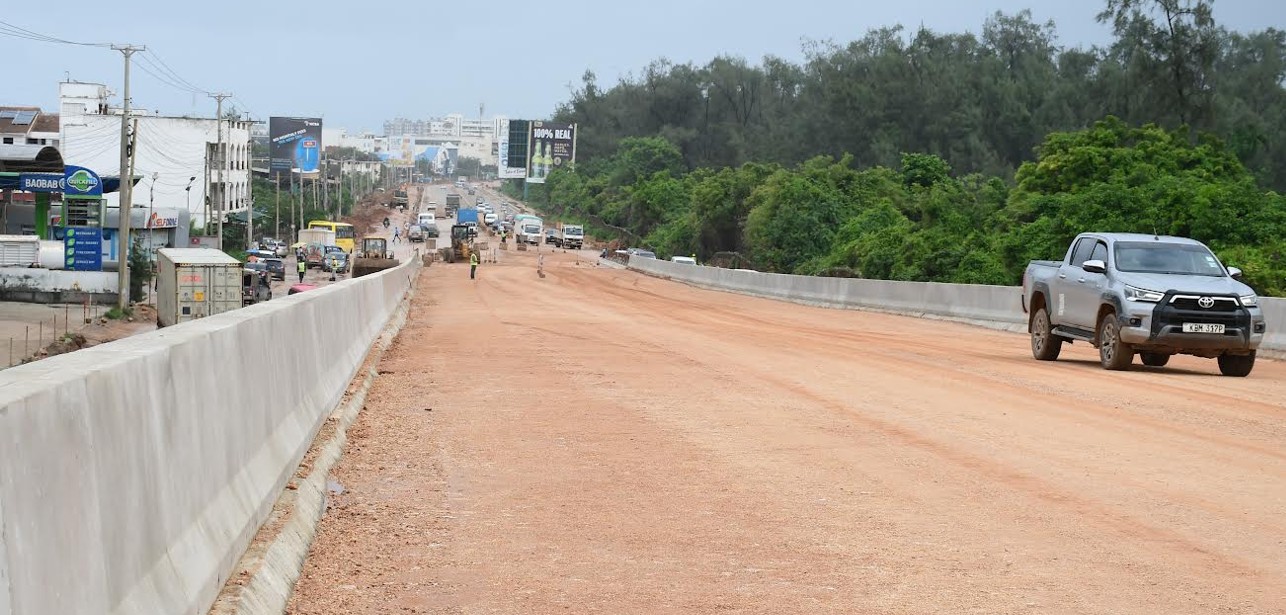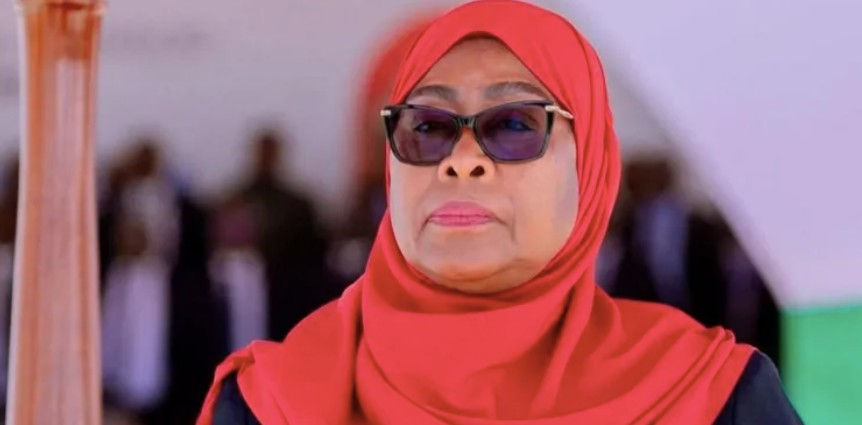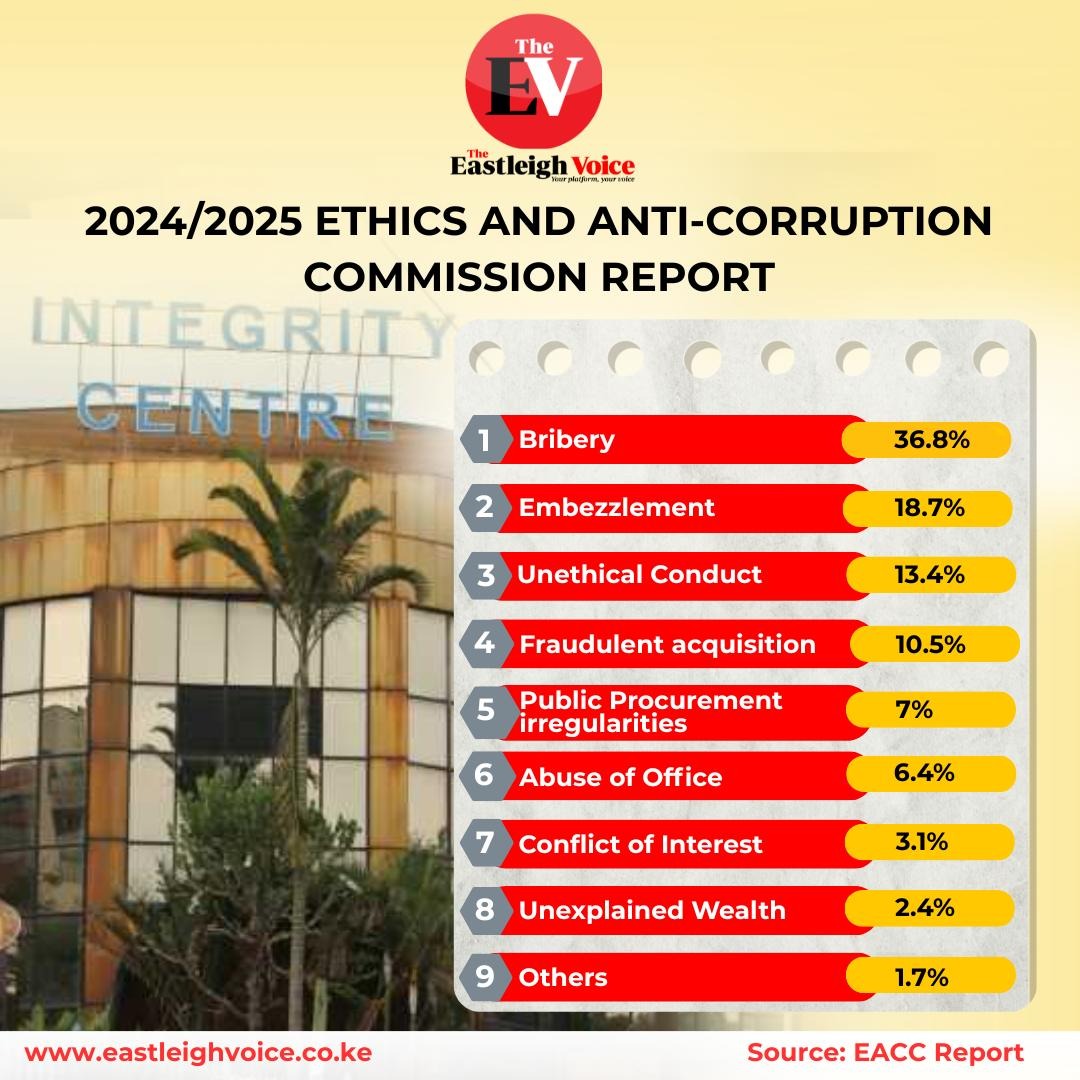How criminal networks use East and Southern Africa as hubs for global smuggling
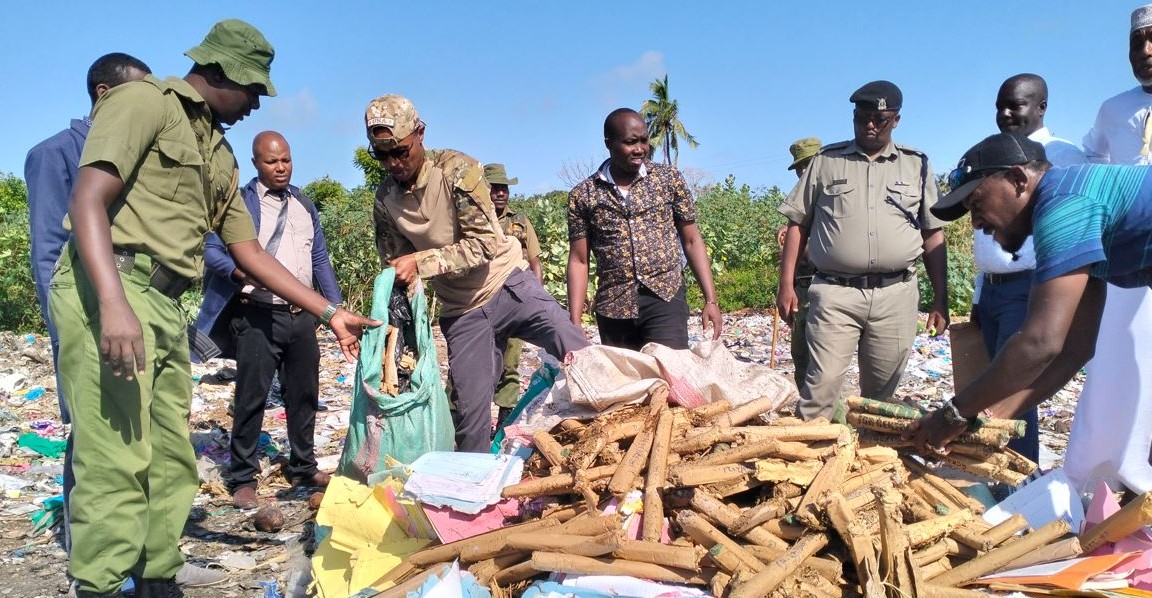
According to the report by the Global Initiative Against Transnational Organised Crime, criminal networks rely on well-connected brokers—often state or non-state actors—to smuggle illicit goods across borders by bypassing customs checks.
A new report by the Global Initiative Against Transnational Organised Crime (GI-TOC) has revealed how clandestine criminal networks are thriving and intersecting across parts of East and Southern Africa, fueled by the illegal trade in drugs, extractives, human smuggling and trafficking, as well as illicit trade in wildlife and related products.
Titled “Mapping Organised Criminal Economies in East and Southern Africa”, the report investigates how 22 countries—stretching north to south from Somalia to South Africa and west from the Indian Ocean to the Atlantic—serve as sources, hubs, and conduits for organised criminal activity.
More To Read
- Kenyan, Guyanese nationals indicted in Sh84.1 billion US Health Commodities Diversion Scheme
- Myanmar scam empire thrives despite crackdowns, militias and criminal syndicates shield operations
- Organised gangs from Nairobi slums tied to Gen Z protests, report warns of 2027 election risks
- UN urged to rethink peacekeeping mandates to tackle organised crime in conflict zones
According to the report, criminal networks exploit the same brokers or influential individuals—who may be either state or non-state actors—to move illegal goods across borders. These well-connected individuals facilitate smuggling by ensuring customs checks are bypassed.
These brokers often work independently for smuggling rings that traffic a variety of illicit commodities. Some, however, are officials who accept bribes to allow contraband to pass through customs without inspection, or who obstruct investigations into organised criminal activity.
Afghan heroin
For instance, the report notes that most Afghan heroin reaches Kenya by sea, via major and minor ports such as Mombasa, Lamu, Kilifi, and Faza.
“Upon arrival at Kenyan ports, the heroin consignments are immediately transferred to nearby storage facilities, known locally as 'go downs'. There, each shipment is broken down and subdivided according to its market destination before being packaged for overland transport. Most of the heroin that arrives in Mombasa is eventually shipped to the Nairobi area,” the report reveals.
From Nairobi, the heroin is split into two parts.
The portion destined for domestic and regional markets is adulterated with filler substances—including paracetamol powder—to increase volume and reduce potency, before being distributed to Kenya-based dealers or trucked to neighbouring countries such as Uganda, Zambia, Zimbabwe, Botswana, and South Africa.
“The second portion remains unadulterated and is smuggled to international markets, including the UK,” the report states, adding that these consignments are transported by sea, air, or concealed on the body or in “unaccompanied luggage”.
In Tanzania, heroin is also brought in through ports like Dar es Salaam and Zanzibar, and then transported overland via truck or public transport. Some of it enters Kenya through road crossings at Lunga Lunga (via the A14) or through Arusha and Namanga (via the A23 and A104), ultimately ending up in Nairobi for repackaging and redistribution.
In South Africa, Durban’s maritime port is identified as a major trafficking hub for illicit goods, including drugs, extractives, and wildlife products.
The port is a key entry and exit point for cocaine and heroin, which are trafficked to and from Australia, the EU, the UK, and Asia.
Ivory trafficking
Regarding ivory trafficking, the report notes that supply routes typically originate in source countries and transit through ports such as Mombasa, Dar es Salaam, Maputo, and Nampula, before being transported by sea to Asia—specifically, Vietnam, Hong Kong, the Philippines, and Malaysia.
“Europe and the US have comparatively smaller illegal markets for ivory, although they have served as transit points, with ivory from Africa seized in Europe en route to Asia,” the document notes.
Southern Africa, particularly South Africa, is reported to be the main source of illegal rhino horn due to its large white rhino population.
“Today, rhino horns are mainly sold as luxury items, whole or in the form of carvings, beads, bracelets or other trinkets. Over 90 per cent of poached African rhino horn comes from South Africa's white rhinos, with smaller contributions from Namibia, Zimbabwe and Kenya. Horns are smuggled out through airports such as OR Tambo and Maputo, or overland to East African airports, notably Jomo Kenyatta International Airport in Nairobi and Entebbe International Airport in Uganda. Trafficking networks often involve Asian nationals based in Africa. Authorities have estimated that 54 per cent of global rhino horn seizures involve Chinese or Vietnamese nationals as couriers,” the report states.
Pangolins—particularly the white-bellied and giant pangolin varieties found in West, Central, Southern, and East Africa—are also being poached for illegal sale in Asian markets, following the collapse of local pangolin populations in Asia.
Cheetah cub trafficking
The illegal pet trade is also expanding.
According to the report, cheetah cub trafficking has become a critical threat in the Horn of Africa, where about 300 cubs are smuggled each year from Ethiopia, Somalia, and northern Kenya to wealthy collectors in the Arabian Gulf.
“Smuggling routes for cheetahs typically go by land to Somalia and by boat to Yemen, then overland into the Gulf states. Tragically, cub mortality is very high; fewer than 20 per cent are estimated to have survived the journey in recent years. This trade has decimated cheetah populations in parts of East Africa,” the report explains.
Reptiles trade
East Africa has also emerged as a major source of reptiles for the exotic pet trade. Chameleons from Madagascar and Tanzania, geckos and tortoises from Kenya, Madagascar, and Tanzania, and ball pythons from Sudan and Uganda are exported illegally to Europe and the US—often falsely labelled as captive-bred.
On extractives, the report states that most of Africa’s illicit gold is smuggled to Dubai, a key global trading hub, where it enters the international market and fuels money laundering.
It points out that gold mining in Eastern DRC, South Sudan, Sudan, and Ethiopia’s Tigray region has become both a driver and a consequence of conflict, with armed groups vying for control of mines and using gold profits to fund weapons purchases.
“It has been estimated that more than 30 tonnes of gold will be smuggled out of the country in 2022. The UN estimates that more than 50 per cent of gold mined in Sudan is exported illegally. Most of the gold exported from Sudan, both licit and illicit, is sent to Dubai,” the report adds.
Human trafficking
In terms of human trafficking, the report highlights the "Southern Route," which begins in the Horn of Africa and traverses Kenya, Tanzania, Malawi, Zambia, Mozambique, and Zimbabwe before ending in South Africa.
“Ethiopian and Somali migrants account for the vast majority of East African migrants along this corridor. Migrants from these countries and from the DRC, Rwanda, Burundi and Sudan join the route at various points. Although South Africa is the terminus for this route, destinations for migrants vary along the way. East African migrants opt largely for Kenya (an estimated 76 per cent of those tracked), where Nairobi is both a major destination and transit node. A smaller but sizable contingent (about 21 per cent of those tracked) aim to reach South Africa. However, most migrants in South Africa, an estimated 84 per cent, are from other SADC countries, and therefore embark on their journeys towards the end of the southern route,” says the report.
Adaptive nature
The persistence of these criminal operations is attributed to the adaptive nature of organised crime, which flourishes in settings characterised by weak governance, poverty, and institutional fragility.
“When the same organised criminal networks trade in multiple commodities, spanning more than one illicit market at once. We see criminal convergence, for example, in street gangs in South Africa and Kenya, in the bulk traders of heroin and methamphetamine in northern Mozambique, in the armed bands of illegal miners from Lesotho and in wildlife traffickers with linkages to Vietnam and China,” the report adds.
The report warns that instability intensifies in areas where criminal markets intersect with conflict and extremism. For example, in Mozambique’s Cabo Delgado province, Islamist insurgents are linked to the illegal trade in gemstones, timber, and other natural resources, showcasing how conflict creates space for criminal enterprises, while illicit profits further sustain the violence.
In Kenya, criminal groups and extremist networks have exploited local grievances and corruption to entrench themselves.
In Somalia, Al-Shabaab imposes illegal taxes on trade and extorts businesses nationwide. Meanwhile, in South Africa, Islamic State-linked operatives are said to have financed their activities through kidnapping-for-ransom and extortion.
Top Stories Today
